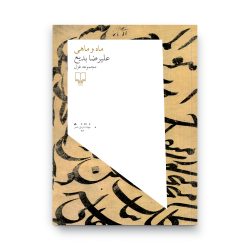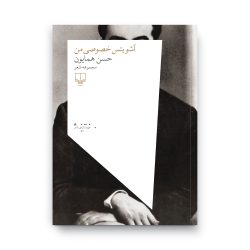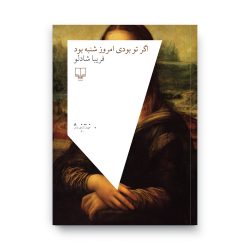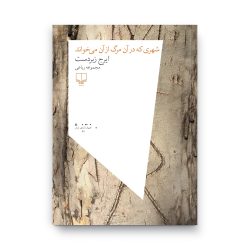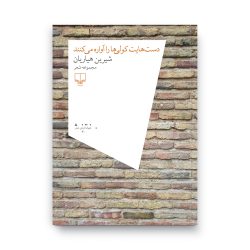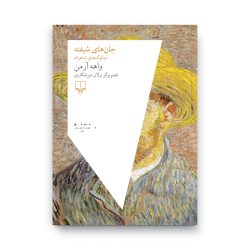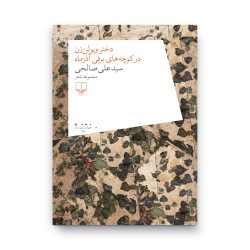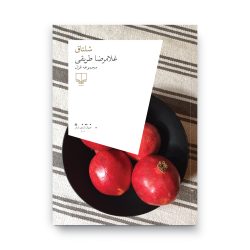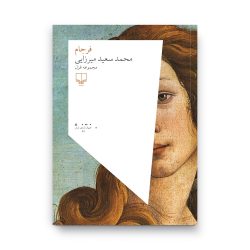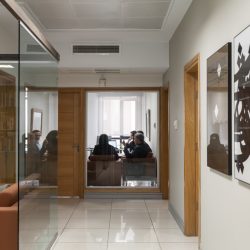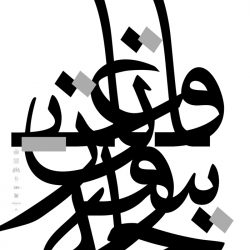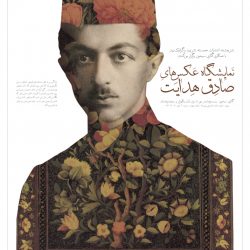WITH 25 YEARS OF EXPERIENCE IN GRAPHIC DESIGN, MAJID ABBASI IS UNDOUBTEDLY THE ONE WE SHOULD TALK TO WHEN WE TALK ABOUT GRAPHIC DESIGN IN IRAN

Majid Abbasi of Studio Abbasi, Photo by Ketsiree Wongwan
Majid Abbasi’s design office doesn’t look like the kind of graphic design studio one typically has in mind. It actually looks and feels more like an office of a lawyer or an accountant, to tell you the truth. Studio Abbasi Inc. Tehran is located on the fourth floor of an office building on Pasdaran Street to the north of Tehran, which sublets its spaces out to different tenants. The aluminum framed glass door divides the space into 3-4 rooms with a meeting room. In Abbasi’s office, one can see posters he has designed throughout his career and a bunch of old Macintosh computers he collects. Another room, we presume, is the workspace of his design team. They were brainstorming over a project as we were talking with Abbasi in the meeting room and just like every place we visited in Tehran, snacks and drinks are always prepared for the guests.

Image courtesy of Studio Abbasi
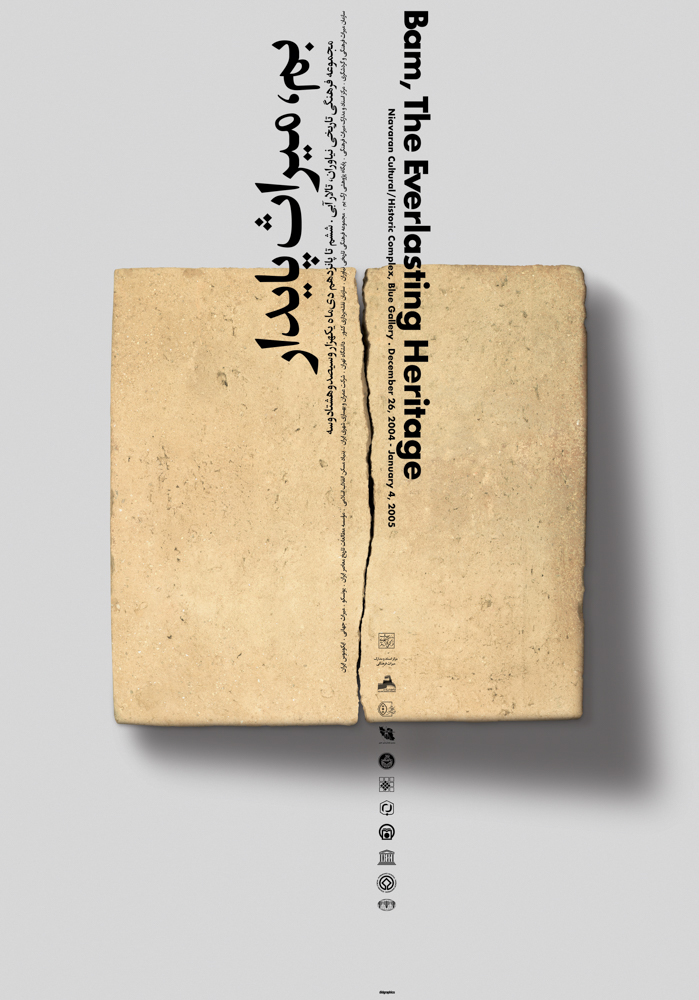
Image courtesy of Studio Abbasi
Majid Abbasi was born in 1965 in Tehran. His 25 years of graphic design practice began even before he earned his Fine Arts degree in Visual Communication from University of Tehran. He told us how his career began to take off through self-learning and real working experience dealing with actual clients that ranged from commercial establishments to cultural institutions. He co-founded the studio with the partner he has been working with since the beginning of his graphic design profession. It was only three years ago that he decided to leave the company and opened his very own Studio Abbasi with projects that range from corporate identity design, branding, signage and wayfinding design to environmental graphics, packaging, websites and mobile applications. Most of Studio Abbasi’s works are materialized from simple forms, geometric shapes and minimal color schemes. The simplification leaves out only the most essential elements while the negative space is interestingly designed to render meaning to the Farsi’s typography.
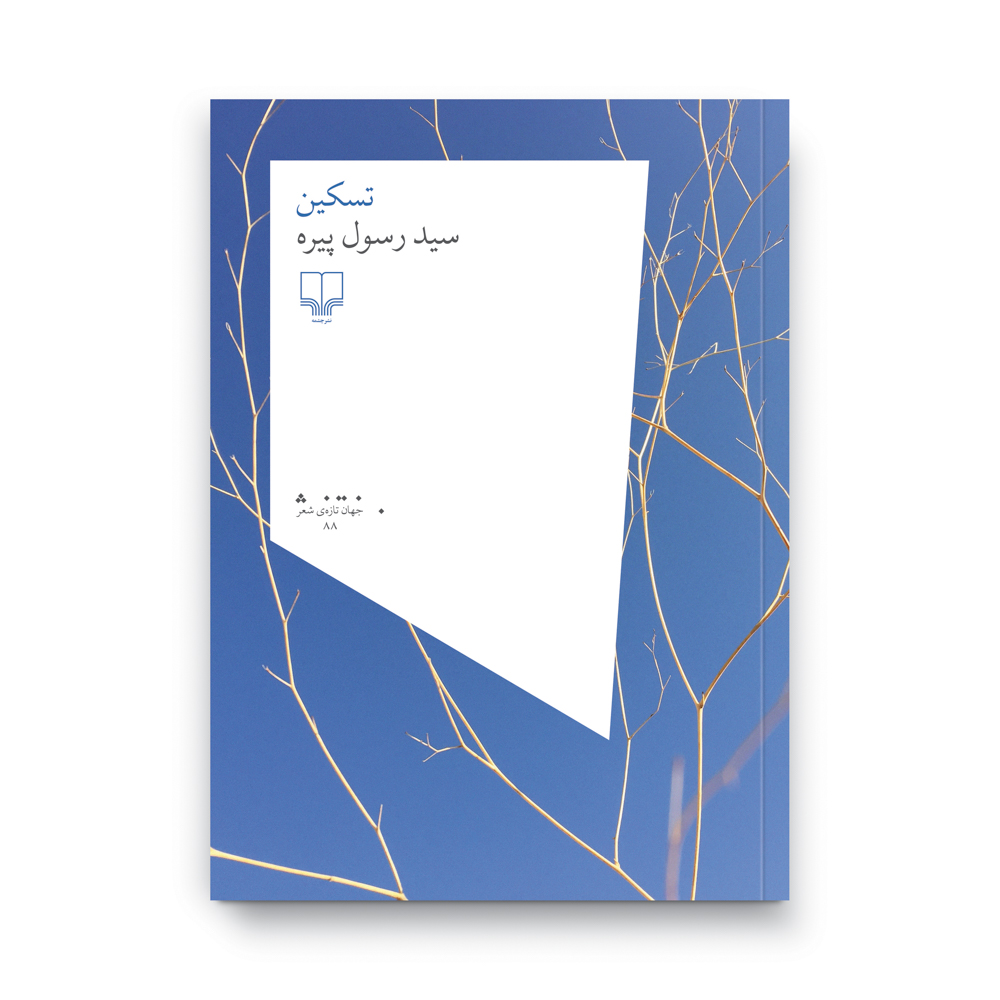
Poems Now Series, Image courtesy of Studio Abbasi

Poems Now Series, Image courtesy of Studio Abbasi
With two offices based in Tehran and Toronto (the latter is the city where he and his family moved to and are currently living), that has 7 and 3 employees on the payroll, respectively, most of their works are cultural projects for the Iranian community in Canada, universities as well as NGOs whose main advocacy is for Iranian art, culture and history. In Tehran, one of the studio’s biggest clients is an IT company called System Group. The visual identity the studio designed for its annual seminar conference ‘Be Together 2016,’ where the color red and grey are derived from the client’s corporate identity with the additional element of a logo materialized from three circles of different sizes, represents the levels of clients of System Group, which are superimposed to create a new circular form. The visual and logo were used for the media of the conference.

World Poems, Images courtesy of Studio Abbasi
Studio Abbasi is also responsible for the design of books, covers, formats and themes for young designers for Cheshmeh Publication, one of Iran’s biggest publishing houses and bookstore chains. The publications he has worked on range from history, art and poetry to philosophy. Abbasi showed us the covers of the books from The World of Contemporary Poetry where he put a great deal of thinking into the design of positive space using images that correspond with the poetry featured in the books, from Van Gogh’s self portrait and Da Vinci’s Mona Lisa to Gustav Klimt’s paintings of women or even the photograph of bricks from a wall of a building in Tehran. He later began creating geometric forms of the negative space and placed them over these images. The form is varied by the grid created specifically for the content of each book. His intention for such presentation was aimed at the readers’ perception towards the covers of the books in this series for they are able to immediately recognize these classic paintings while at the same time feeling uncertain until they actually see the names of the books and read the contents before finally realizing how the selected paintings are related to the poetry.

Image courtesy of Studio Abbasi
One of Abbasi’s obsessions and passions is publication design, particularly posters and books he’s done for a great number of cultural organizations. The works in this genre have brought him a great deal of recognition both in Iran and at the global level. Since 1999, his graphic design works have been selected to be included in several national and international exhibitions as well as shown in museums and galleries around the world. He has been appointed to serve on the board of the Iranian Graphic Designers Society (IGDS) since 1998 and has been a member of the prestigious, world’s leading Alliance Graphique Internationale (AGI), that everyone in the industry knows is not something that is easy to get into, since 2009 (there are currently 4 Iranian members in the AGI). This upcoming September, he will be speaking at AGI’s Conference as one of this year’s selected speakers.
WITH ART AND CULTURE, WE’LL BE SEEING THE FUTURE BUT POLITICS MAKES US GO BACK AND CHANGE EVERYTHING
In addition to his design practice, Abbasi is known as the editor-in-chief of Neshan, and a former professor of Communication and Advertising Art at the University of Tehran and Iran’s public schools. He has continued his teaching career at a private school simply because he doesn’t like the educational system of government-run schools. “I don’t like talking about politics because I hate politics. I work in graphic design to create works because I think with art and culture, we’ll be seeing the future but politics makes us go back and change everything. Right now, we have limitations but we have a very open society. People talk together, in newspapers, magazines. Yes we have some limitations, we know that, but we learn how we can talk, negotiate, and fit in those rules.”
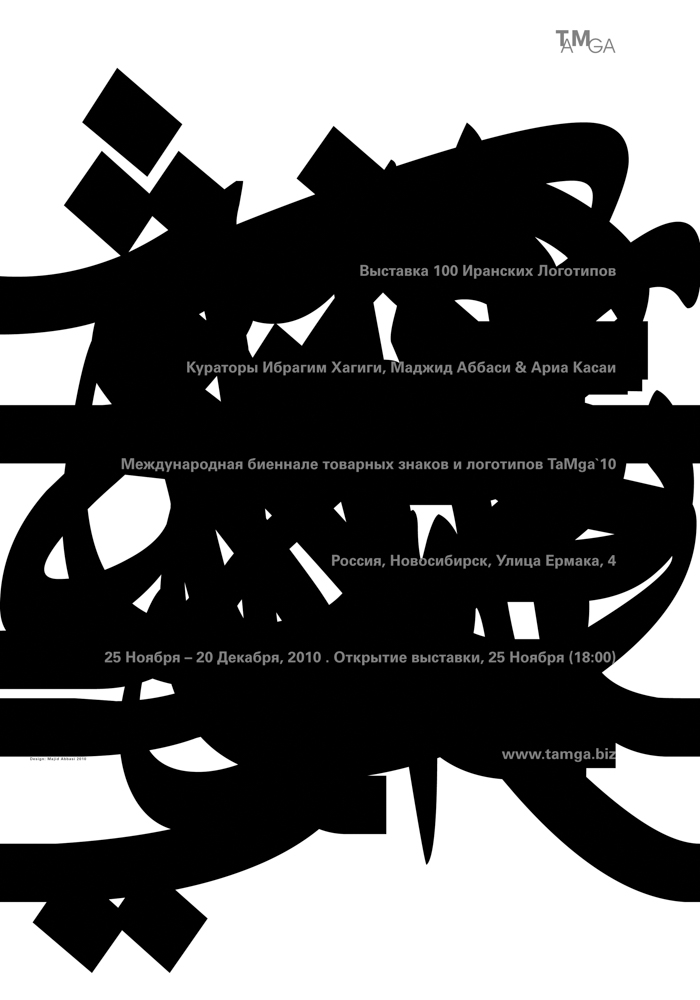
Image courtesy of Studio Abbasi
TEXT: PIYAPONG BHUMICHITRA
www. majidabbasi.ir


